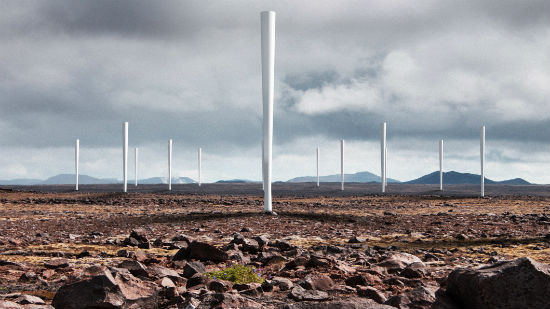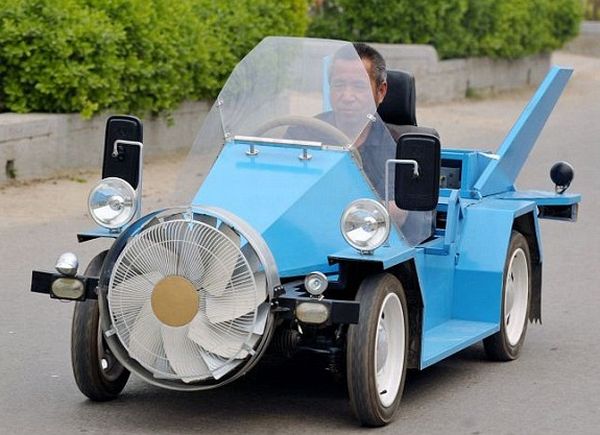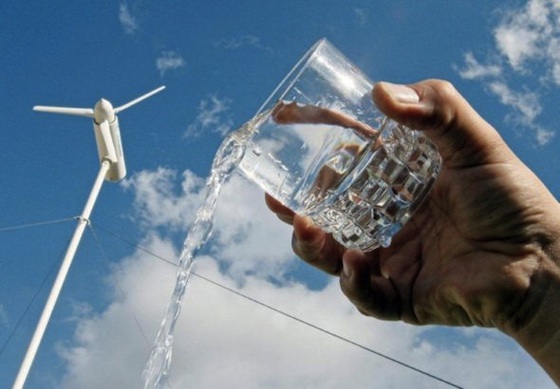
Power output continues to grow as the wind speed increases, but at a slower rate than it does right after the cut-in point. The windmills create electricity when reaching maximum rated wind speed, above which the power output holds steady under ideal conditions, generally 22 to 36 miles per hour, depending on the type of windmill.
If they move slowly, they produce less power. But if the wind speed doubles, then a windmills create electricity eight times more power under the appropriate conditions.
Of course, too much wind could damage the turbine, so windmills have a cut-out speed, too. After that, a brake stops the windmill’s rotation.
Windmills are generally rated to the power they would produce in ideal conditions. That means the rated power can be different from the actual power produced, because wind conditions depend on seasons and time of day.
For example, the Cape Wind project—130 windmills slated to be located off Cape Cod—is rated to produce up to 468 megawatts of wind power. But the average production will only be 170 megawatts, based on varying conditions such as wind speed and wind regularity. Those estimates are based on measurements of wind made before a site is built, so that a wind farm can be designed to harness the maximum power available. This information is crucial to the efficient utilization of wind power on the existing electric power grid.
The housing behind the blades contains the machinery that actually creates the electricity. A gear system increases the original rotational speed of the blades to the high speed needed to generate electricity, converting the mechanical movement of the blades into power.
Occasionally the power available from a wind farm cannot be used, because the consumer demand isn’t there. A great deal of research is currently being done on electricity storage systems—batteries are one example—so that the power produced by this type of renewable energy can be stored and used when it’s needed.



